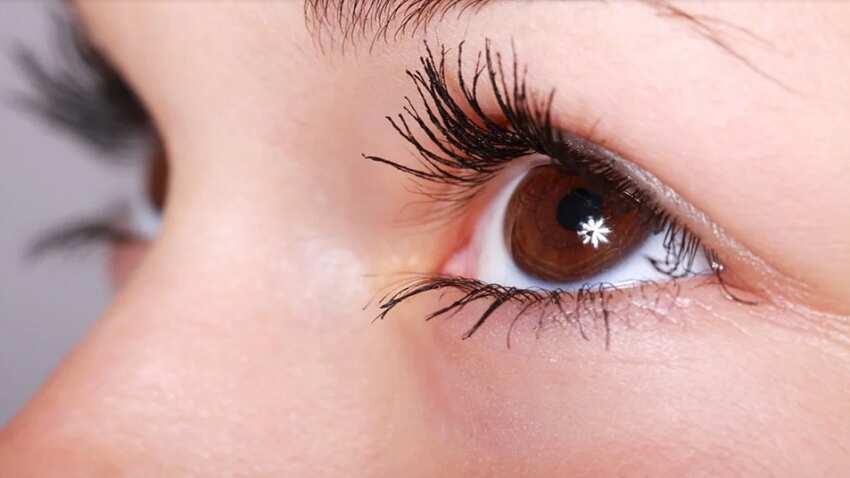Staring at deep-red light may improve declining eyesight
For the study, 24 people (12 male, 12 female) aged between 28 and 72, who had no ocular disease, were recruited. All participants were then given a small LED torch to take home and were asked to look into its deep-red 670nm light beam for three minutes a day for two weeks.

Researchers have found that staring at a deep-red light for three minutes a day can significantly improve declining eyesight. Published in the Journals of Gerontology, the study could signal the dawn of new affordable home-based eye therapies, helping millions of people globally with naturally declining vision.
"Our study shows that it is possible to significantly improve vision that has declined in aged individuals, by using simple brief exposures to light wavelengths that recharge the lowered energy system in the retina cells," said study lead author Glen Jeffery from University College London in the UK.
"To try to stem or reverse this decline, we sought to reboot the retina`s ageing cells with short bursts of longwave light," Jeffery added.
In humans, around the age of 40, cells in the eye`s retina begin to age, and the pace of this ageing is caused in part when the cell`s mitochondria, whose role is to produce energy (known as ATP) and boost cell function, also start to decline.
Mitochondrial density is greatest in the retina`s photoreceptor cells, which have high energy demands. As a result, the retina ages faster than other organs, with a 70 per cent ATP reduction over life, causing a significant decline in photoreceptor function as they lack the energy to perform their normal role.
Researchers built on their previous findings in mice, bumblebees and fruit flies, which all found significant improvements in the function of the retina`s photoreceptors when their eyes were exposed to 670 nanometres (long wavelength) deep-red light.
For the study, 24 people (12 male, 12 female) aged between 28 and 72, who had no ocular disease, were recruited. All participants were then given a small LED torch to take home and were asked to look into its deep-red 670nm light beam for three minutes a day for two weeks.
Researchers found the 670nm light had no impact in younger individuals, but in those around 40 years and over, significant improvements were obtained.
The cone colour contrast sensitivity (ability to detect colours) improved by up to 20 per cent in some people aged around 40 and over. Improvements were more significant in the blue part of the colour spectrum that is more vulnerable in ageing.
Watch Zee Business live TV below:
Rod sensitivity (ability to see in low light) also improved significantly in those aged around 40 and over, though less than colour contrast, the researchers said.
"The technology is simple and very safe, using a deep-red light of a specific wavelength that is absorbed by mitochondria in the retina that supply energy for cellular function, the authors wrote.
Get Latest Business News, Stock Market Updates and Videos; Check your tax outgo through Income Tax Calculator and save money through our Personal Finance coverage. Check Business Breaking News Live on Zee Business Twitter and Facebook. Subscribe on YouTube.
06:16 PM IST












 Centre for Sight expands its footprint, announces strategic collaboration with Laxmi Eye Hospital in Maharashtra
Centre for Sight expands its footprint, announces strategic collaboration with Laxmi Eye Hospital in Maharashtra Healthcare sector experts urge govt to boost spending, infrastructure, innovation in upcoming Budget
Healthcare sector experts urge govt to boost spending, infrastructure, innovation in upcoming Budget  PM Narendra Modi reaffirms commitment to health infrastructure on Doctor's day
PM Narendra Modi reaffirms commitment to health infrastructure on Doctor's day Restructuring AB-PMJAY to elevating health budget: experts outline priorities for Modi 3.0
Restructuring AB-PMJAY to elevating health budget: experts outline priorities for Modi 3.0  Centre unveils 3 new initiatives to bolster healthcare services
Centre unveils 3 new initiatives to bolster healthcare services